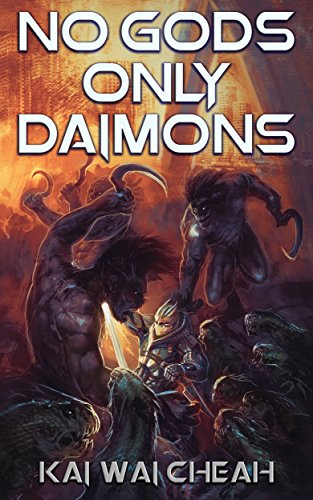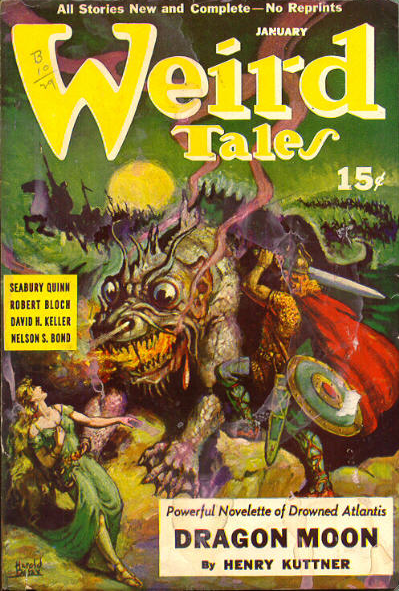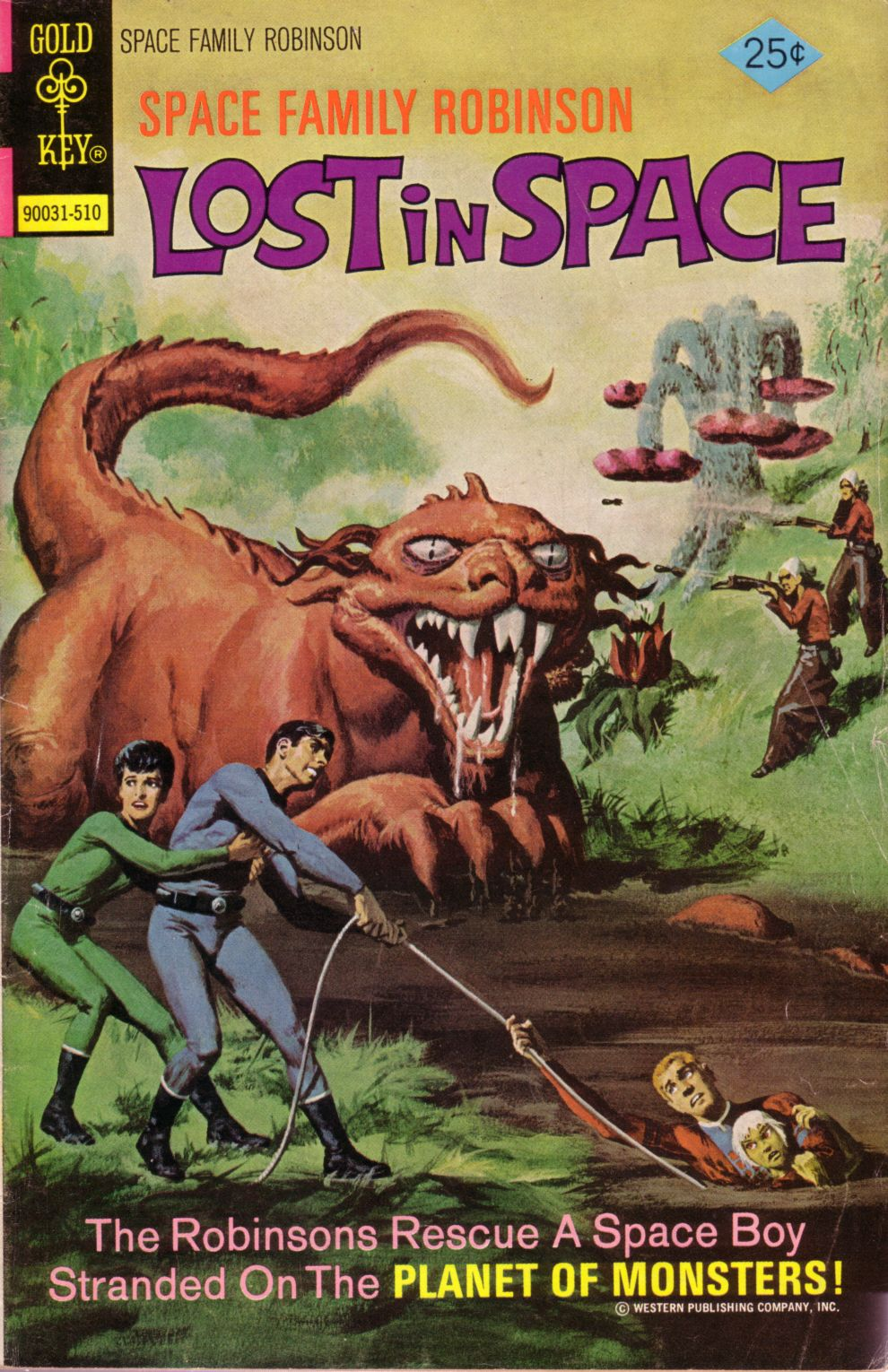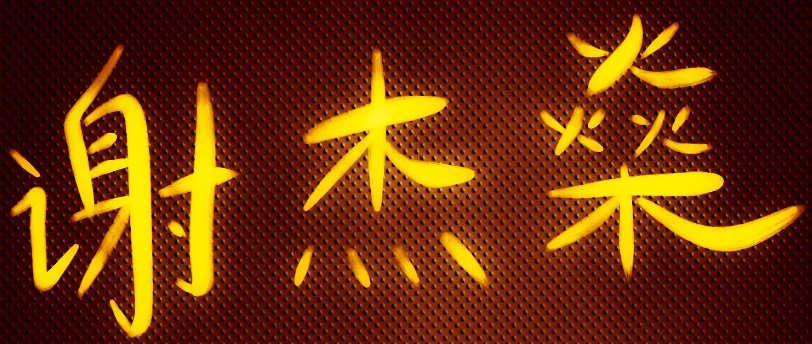
When I began work on Dungeon Samurai, I challenged myself to employ only non-traditional monsters. They would not be orcs, goblins, or other such fantasy mooks seen in anime, manga and RPGs the world over; they would be monsters worthy of the name, dangerous and horrifying and bloodthirsty man-slayers that roam the dungeon seeking souls.
Why embark on this challenge? Simple: most portrayal of monsters is boring.
I find myself skipping fight scenes in manga, anime and novels all the time. Monster-mooks are predictable, and that makes the fight scenes mechanical. Nine of out ten times, you can count on the hero easily cutting down hordes of mooks with a sword or spell. There’s no drama and no tension, and no reason to read either. The monsters are just there to be sword fodder. The few monster-mashing media that do retain my attention treat fights with deadly seriousness, or else have more depth beyond racking up a high body count.
Everyone knows what an orc or a goblin is and can do. The creator doesn’t have to explain them to the audience. But because they’re so well-known, it’s tempting to treat them as disposable trash, serving only to show off the hero’s skills. But this blase treatment — and this lack of respect for the gravity of violence — leaves no impression on the reader.
This does not fit my philosophy of writing, much less my approach to writing combat. I could not afford to fall into this trap. One way to avoid it is to design a new kind of monster.
Themetic and Aesthetic Fit

Monsters must be thematically and aesthetically appropriate for the story they star in. This congruence creates a seamless, immersive experience for the reader, allowing them to buy into the story world and suspend disbelief.
By ‘themetic and aesthetic fit’ I mean that the monster’s appearance, capabilities, habitat and origins must match the kind of story they star in. The blasphemous spawn of an unnatural mating between a human and an eldritch god, taking the form of an invisible giant that shakes the world with every step and destroys everything it touches is fantastic for a cosmic horror tale. But throw it into a children’s story and it will shatter the minds of the intended audience. That just won’t do.
The Witcher series and Goblin Slayer are dark fantasy tales, with monsters to match. The least powerful creatures — drowners and goblins respectively — are still extremely dangerous to ordinary people and the unprepared adventurer. The danger they pose justifies the existence of professional monster hunters and adventurers. The monsters have malicious and horrifying appearances, in keeping with the danger they pose. They even have dark colour tones, matching the colour palette of their home series.
While Trails in the Sky: Legend of Heroes may occasionally delve into heavy themes, it is more lighthearted and optimistic than the above two series. The monsters are designed appropriately. Most of them look more like exotic or mythic flora and fauna instead of malicious man-eaters, and some of them, like the sheep, are downright humorous. Almost all of them are brightly-coloured too, fitting the colour palette of a series with well-lit and colourful settings. (This also increases the emotional impact when the mecha and eldritch horrors shows up… but I digress).
As for my own story, Dungeon Samurai, it is a brutal military dungeon crawler. The monsters are meant to be horrifying and dangerous. Only the stout of heart and the highly prepared will survive — and even then, the slightest mistake, or a random stroke of bad luck, is fatal.
The dungeon is, quite literally, dark. The only source of light comes from the lights the humans bring into the dungeon. The monsters rely heavily on their sense of touch, smell and hearing. In keeping with the subterranean nature of the action, the monsters are inspired by real-world creatures which dwell either deep underground or in tight, narrow spaces. Bonus points if they have a terrifying appearance.
The star-nosed mole was perfect for my needs. Functionally blind, the star-nosed mole navigates with twenty-two fleshy appendages growing from the snout. Its appearance is so far removed from everyday experience (in Singapore) that seeing it will give a human pause.
Armed with this template, I modified its appearance to suit the dungeon. A hulking, muscle-bound creature with sharp claws and teeth. Eyes just powerful enough to pick up light and spot vital targets. Tentacles as long as forearms, capable of feeling their way in the dark–and strong enough for grappling in close quarters.
Now give it weapons and armour — and a hive intelligence that studies humans and adapts to their tactics and equipment.
This is the mole man, the standard monster of the deeps. Other creatures continue this theme: mole champions, towering over their brethren, wielding heavier weapons and possessed of supernatural strength and vitality; enormous walking mushrooms studded with poison blisters and armed with whip- and spear-like tendrils; gigantic centipedes with massive jaws and deadly venom, so massive they could crush a man underneath.
And that’s before the humans encounter the abominations lurking in the deeps.
The Way of Beasts

The difference between a mook and a monster is the threat they pose.
A mook is cannon and sword folder. In movies and television, he’s there to be beaten up; in a book, he exists to be cut down in an instant; in games, he harasses the player but otherwise poses no real threat. He offers a brief jolt of adrenaline, acts as a prop in a stunt display, adds bodies to the scene, and little more.
A mook is forgettable.
Monsters must be memorable. They must pose a non-trivial challenge to the characters. The characters must work to prevail. This is especially important in works grounded in realism, where combat is high-risk and plot armour is nonexistent.
In Dungeon Samurai, the primary means of interaction with the monsters is combat. Combat is high-speed problem solving with little room for error and high stakes. Through combat, the audience sees the natures of man and monster. The struggle shows what kind of beings they are, reveals their strengths and weaknesses, and demonstrates their skill.
For monsters to pose a threat, they must fight with their strengths and cover their weaknesses. It’s not enough to simply design a terrible-looking monster; to reinforce the perception of danger, they must act in a manner consistent with the level of threat they are meant to pose in a story. This requires intimate knowledge of the monsters’ biology and psychology.
The mole men are physically strong, possess many extra limbs, and are highly aggressive. However, they lack armour and ranged weapons. Being optimized for melee combat, their principal tactic is to wait in ambush, then pounce on humans at close range.
But their principal strategy is to study human tactics, and adapt their weapons and tactics accordingly. The mole men of the upper floors do not behave the same way as the moles of the lower floors, and carry much different equipment.
In the same vein, as the humans progress through the dungeon, they will encounter other monsters that have adapted to the humans’ weapons and tactics. This drives a cycle of innovation, with humans and monsters alike learning from and adapting to each other, preventing the reader from getting bored.
It also points to an inescapable conclusion: the dungeon itself is alive.
More than Mere Mooks
A dungeon crawl is only as memorable as its monsters. If the monsters are just mooks to be swatted down as they pop up, few readers will care about them. If the story is simply one long massacre of disposable mooks, it is a recipe for rapid boredom.
Monsters exist to hinder and challenge the protagonist. They must pose a significant threat to the protagonist, forcing him to adapt and overcome. At a meta-level, they must be congruent with the setting of the story and its tone, to maintain of disbelief. For monsters to be memorable, they must be monstrous.
—

If a brutal-yet-realistic dungeon crawler is right up your alley, check out the Kickstarter of Dungeon Samurai here.
To stay updated on writing news and promotions, sign up for my newsletter here.
Leave a Reply